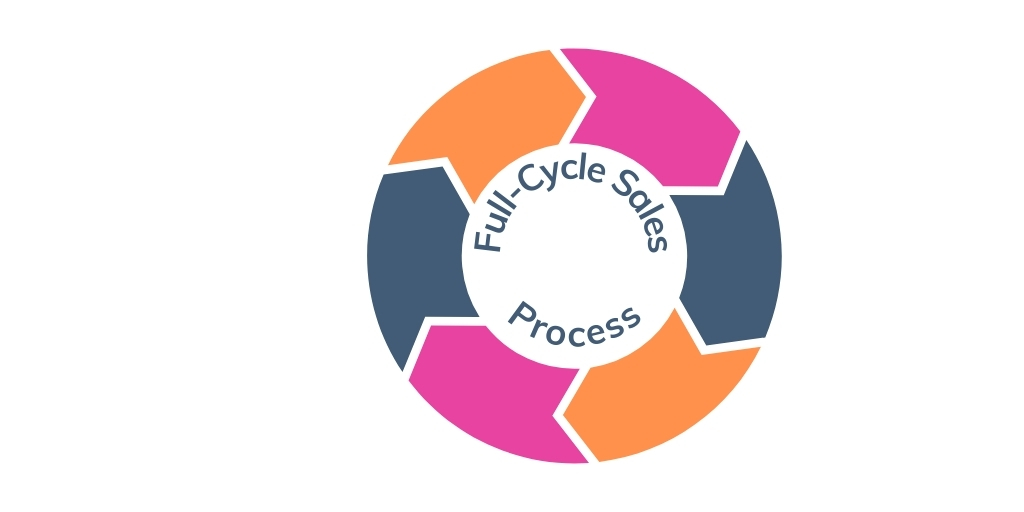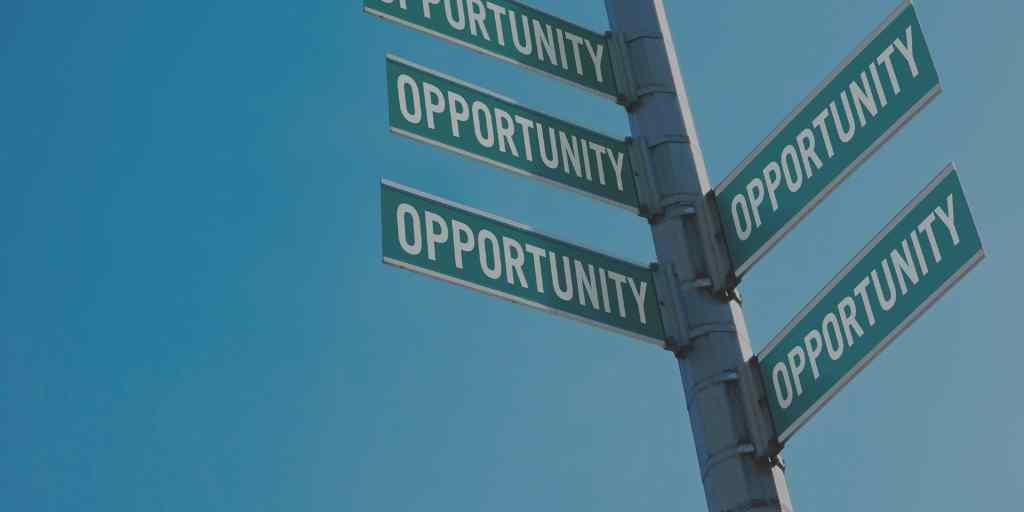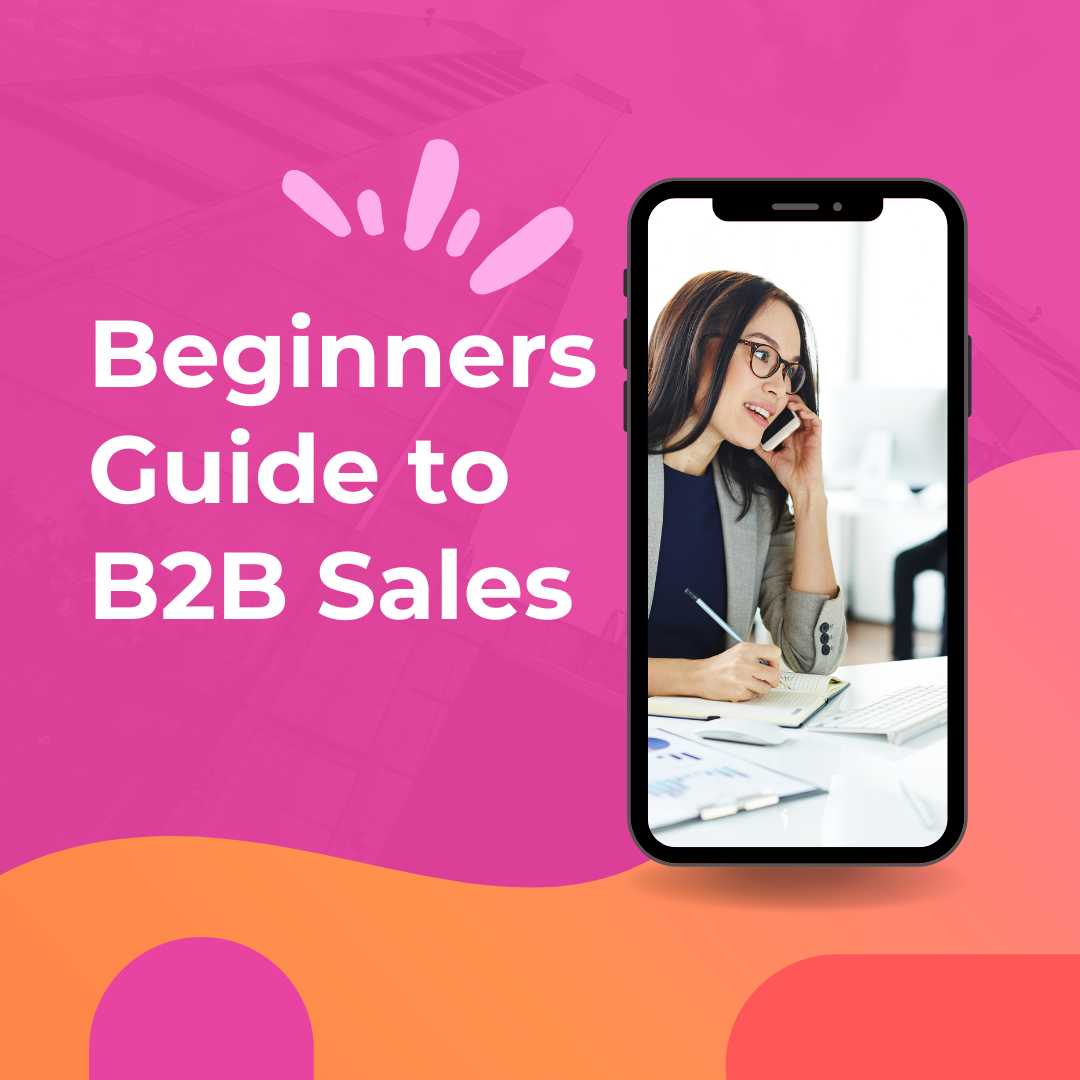What is full-cycle sales experience?
What does full cycle sales experience mean? Just saw a sales role for an experienced full-cycle sales executive, and now you're wondering what that...

So you want a sales process that covers every stage of the buyer's journey? Look no further! This Sales Process Guide is here to make it easy for you to start your full-cycle sales journey. And hey, don't forget to put your own spin on it. Customisation is the name of the game, so make sure to tailor it to your industry, company, and product/service offering.
With this sales process, you're sure to conquer every step of full-cycle sales, from prospecting to closing deals. To keep things simple, let's break the planning and tasks into two parts: Part One outlines the necessary actions, and Part Two effectively aligns them with the buyer's journey.
Oh boy, prospecting in the SDR/AE Model was always a hot topic! The quality of leads was always up for debate, and don't even get me started on the worry of leads being dropped like a hot potato as they were passed from one team member to another. Full cycle sales eliminates these problems but raises others with the challenge of balancing prospecting with other tasks.
Setting clear expectations for sellers at each stage of the sales cycle helps with time management and ensuring that the right things are done at the right time.
Before starting prospecting activities, it makes sense to take a step back and Define the Target Market. Begin by understanding who ideal customers are based on industry, sector, and geography. Focus on a subset listed by company size expressed as the most relevant metric. Such as the number of employees, office locations, turnover, and other relevant criteria. (This can be developed into your Ideal Client Profile (ICP), which will be a valuable resource)
Decide on which roles can buy, influence or block your sale, and create a list of popular role titles. Which of these roles are potential champions, decision-makers, influencers, or detractors (aka buyer personas)? On one page, map the buying journey for each role so you can create relevant messages and content for each role.
Generate Lead Lists: Make use of diverse sources such as industry events, online platforms, and partnerships to generate a valuable list of leads.
Harness the Power of Inbound Marketing: Attract and sell to potential leads through compelling content delivered through email, social, calls and paid media.
Tap into Social Selling: Use social media platforms to connect, engage, and build relationships with potential customers. Data shows that those who put the most effort into social selling reap the biggest rewards. For example, 76% of top-performing sales reps ’always’ research their prospects before reaching out. And just like most other sales activities, you'll need a framework to be successful!
Check out the VECE framework which we use and recommend.
Deals that close have been systematically qualified. Deals are lost because:
1) some key need or parameter for the decision (personal or business) wasn't identified or
2) the internal budget process and gatekeepers were not mapped or
3) Internal politics and how they shape the prospects' landscape weren't known.
Conduct IMPACT analysis (or similar methodology): Evaluate leads based on their Budget, Authority, Need, and Timeline at a minimum. Success comes from qualifying. [Check out 101 Sales Qualification Questions here]
Implement a Scoring System: Prioritise leads based on their engagement and fit with your offerings.
Making Initial Contact: Reach out to prospects to gather information and assess how your products and services solve their business needs. "Always be helping" - a "helpful" mindset rather than a "sales" mindset will make it easier for you to connect with your prospect.
Conduct Discovery Calls: Engage in in-depth conversations to understand the prospect's challenges, goals, and pain points.
Dive into Technical Assessment: Ensure that your solution aligns with the prospect's requirements by delving into the technical aspects.
Develop Customised Presentations: Showcase how your technology addresses the prospect's specific needs through personalised presentations.
Provide Demonstrations: Illustrate the functionality and benefits of your technology through live demos or virtual walkthroughs. Invest the time to demo exactly what solves the prospect's business needs. This is one of two critical buying criteria (show me it working).
Share Use Case Presentations: Share case studies with ROI and success stories relevant to the prospect's industry or challenges. This is the second critical buying criterion (tell me who else is using it).
Address Concerns & Objections: Be prepared to address any objections or concerns raised during the presentation. Map out difficult questions and rehearse the answers—especially important when a virtual team is presenting.
Create Customised Proposals: In detailed proposals, outline the proposed solution, pricing, and terms. Constantly relate price to investment and ROI to keep Value at the forefront of the prospect's decision-making process.
Developing Negotiation Strategies: Reach mutually beneficial agreements by developing effective negotiation strategies.
Collaborating on Contract Review: Work closely with legal as early in the process as possible to ensure that contracts meet both parties' expectations.
Confirm the Decision: Understand the prospect's decision-making process and timeline to facilitate a smooth closing.
Employ Closing Techniques: Utilise effective closing techniques based on the prospect's buying signals.
Facilitate Contract Signing: Ensure a seamless process for signing contracts and agreements.
Collaborate on Onboarding: Work with the customer success team to ensure a seamless onboarding process.
Conduct Regular Check-ins: Address any post-implementation issues and gather feedback through follow-up meetings.
Identify Upsell and Cross-sell Opportunities: Explore opportunities to upsell additional features or services.
Collect Customer Satisfaction Surveys: Continuously improve the customer experience by collecting feedback with industry standard surveys at least once a quarter.
Implement Referral Programs: Encourage satisfied customers to refer new business through referral programs.
Develop Renewal Strategies: Proactively secure renewals and expand relationships through strategic planning.
Track Metrics: Monitor key performance indicators (KPIs) to evaluate the success of the sales process.
Conduct Meetings with your Sales Team: Discuss wins, challenges, and areas for improvement with the sales team through regular reviews.
It's important to adapt the sales process based on industry trends, competitor analysis, and feedback from the team and customers.

It is crucial to map all of these stages against the buyer's journey to ensure the effectiveness of your sales process.
By aligning your sales activities with the different stages of the buyer's journey, you can better understand and address your potential customers' needs, preferences, and pain points.
Mapping your sales process against the buyer's journey allows you to tailor your approach and messaging at each stage. For example, during the prospecting stage, you can focus on capturing the attention of your target market by showcasing how your product or service can solve their specific challenges. This can be done through compelling content marketing and engaging social media efforts.
In the lead qualification stage, mapping your sales process against the buyer's journey helps you evaluate leads based on their specific budget, authority, need, and timeline. This enables you to prioritise your efforts and focus on leads most likely to convert into customers.
During the needs assessment stage, mapping your sales process against the buyer's journey allows you to conduct in-depth conversations with prospects to understand their challenges, goals, and pain points. By aligning your solution with their specific requirements, you can demonstrate the value and relevance of your product or service.
 In the solution presentation stage, mapping your sales process against the buyer's journey helps you provide tailored demonstrations and share relevant use case presentations. This allows you to effectively address the prospect's concerns and objections, increasing the chances of closing the deal.
In the solution presentation stage, mapping your sales process against the buyer's journey helps you provide tailored demonstrations and share relevant use case presentations. This allows you to effectively address the prospect's concerns and objections, increasing the chances of closing the deal.
When it comes to the proposal and negotiation stage, mapping your sales process against the buyer's journey enables you to create customised proposals that outline the proposed solution, pricing, and terms. Understanding the prospect's decision-making process and timeline allows you to develop negotiation strategies that lead to mutually beneficial agreements.
After closing the deal, mapping your sales process against the buyer's journey becomes essential in post-sale engagement. By collaborating on onboarding and conducting regular check-ins, you can ensure customer satisfaction and identify upsell and cross-sell opportunities.
For long-term success, mapping your sales process against the buyer's journey also helps in customer retention and advocacy. By implementing customer satisfaction surveys, referral programs, and renewal strategies, you can continuously improve the customer experience and strengthen relationships.
To stay ahead of the curve, it is important to continuously learn, monitor, and adjust your sales process. By keeping track of key performance indicators and conducting regular meetings with your sales team, you can identify areas for improvement and adapt your approach based on industry trends, competitor analysis, and feedback from both your team and customers.
In conclusion, mapping all stages of your sales process against the buyer's journey is crucial for an effective and customer-centric approach. By understanding and addressing the needs of your potential customers at each stage, you can increase your chances of success and drive meaningful business growth.
.png?width=280&height=280&name=Coloured%20arches%20for%20docos%20(1).png) USEFUL LINKS
USEFUL LINKSFor more information on Full-Cycle Sales, click here
What is full cycle sales experience?

What does full cycle sales experience mean? Just saw a sales role for an experienced full-cycle sales executive, and now you're wondering what that...

Curious about Full Cycle Sales? Full-cycle sales is a sales model that requires the salesperson to prospect all of their leads and manage the...

1 min read
With over 25 years of experience selling technology solutions in Asia, UK and Europe, I've seen my fair share of sales methodologies, sales...